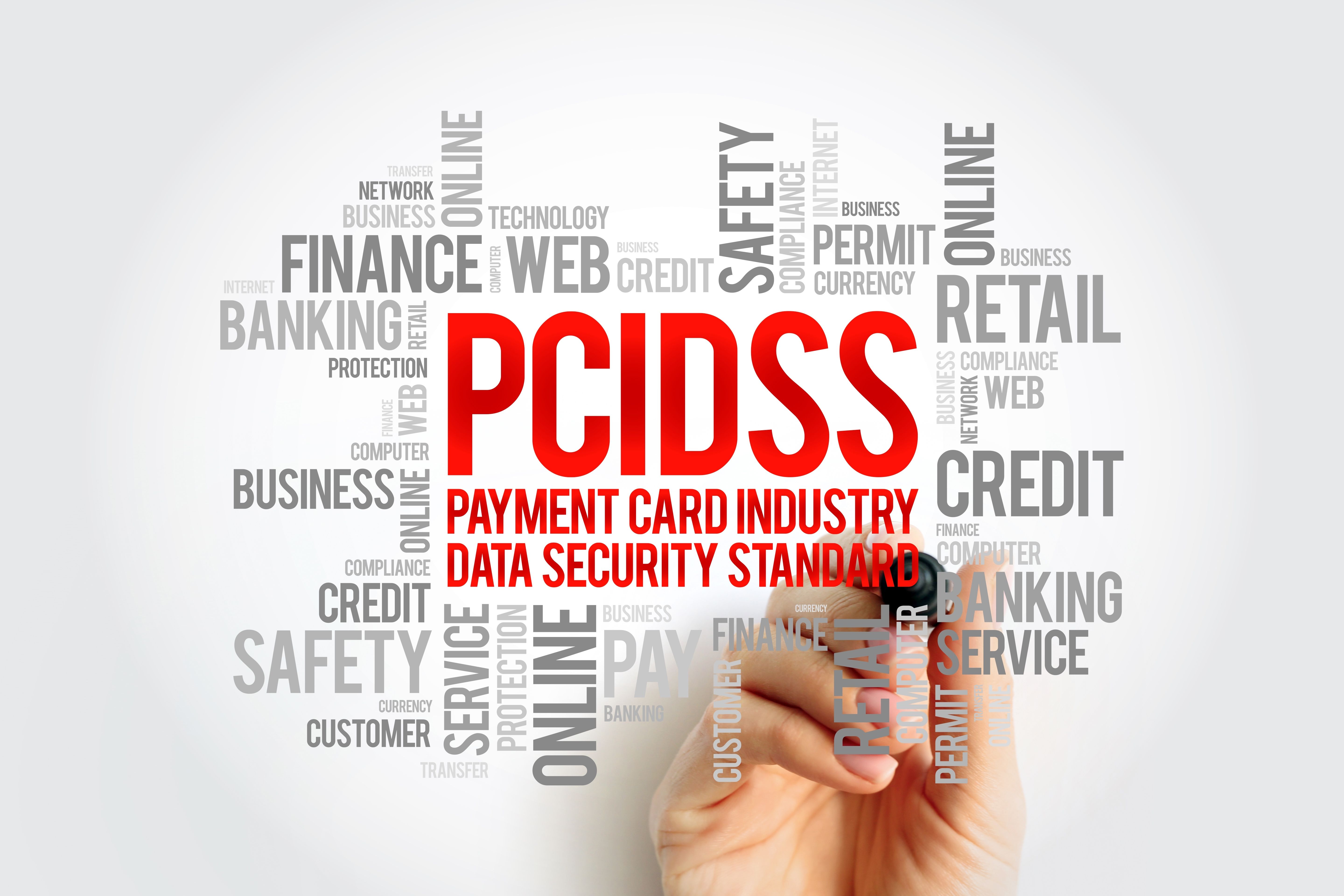
Papel Blog /
What is PCI DSS? Why is it Important for Companies?

What is PCI DSS? Why is it Important for Companies?
PCI DSS is a set of international standards and technologies developed to protect the data of users making card payments.
4 min read
Last Updated: Eki 7, 2024

Table of contents
The History of PCI DSS
PCI DSS Compliance
Requirements for PCI DSS Certification
PCI DSS Levels
Why Do Companies Obtain PCI DSS Certification?
The History of PCI DSS

PCI DSS Compliance
Requirements for PCI DSS Certification
- Establish and maintain network security controls.
- Apply secure configurations to all system components.
- Protect stored cardholder data.
- Protect cardholder data during transmission using strong encryption.
- Protect all systems and networks from malicious software.
- Develop and maintain secure systems and software.
- Restrict access to system components and cardholder data based on business needs.
- Identify users and control access to system components using authentication.
- Restrict physical access to cardholder data.
- Monitor and log all access to system components and cardholder data.
- Regularly test the security of systems and networks.
- Support information security with organizational policies and procedures.
PCI DSS Levels



